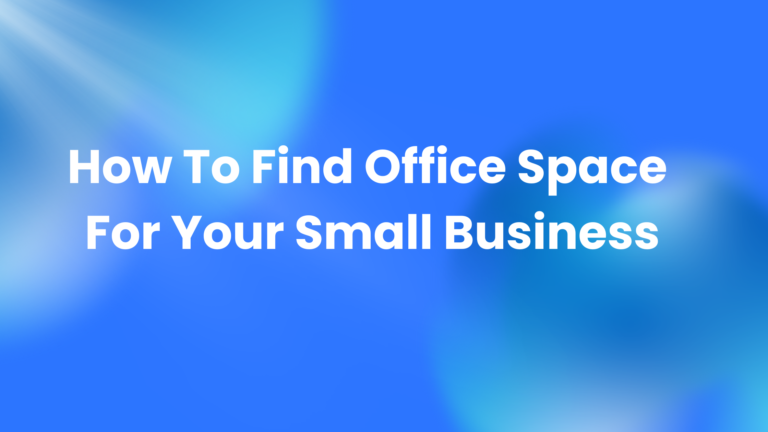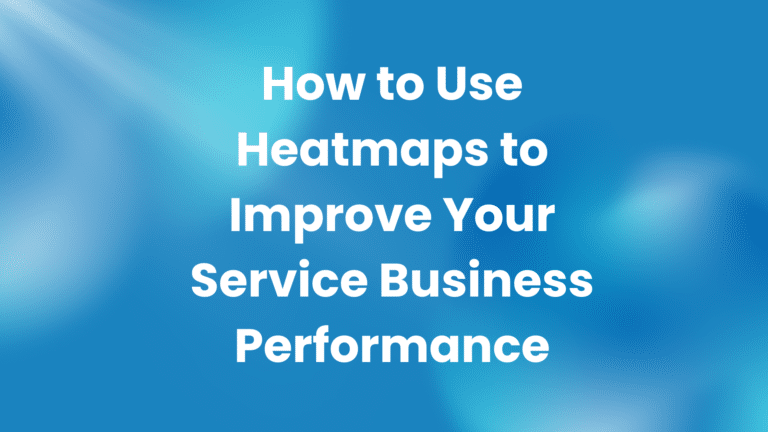How to Value a Pest Control Business: Key Factors and Methods
Valuing a pest control business involves more than just looking at the bottom line. Whether you’re considering buying, selling, or investing in a pest control company, understanding its true value is crucial. The process requires a thorough analysis of financial performance, customer base, market position, and operational efficiency. In this guide, we’ll break down how to value a pest control business, focusing on the key factors and methods that will help you determine its worth accurately.
1. Evaluate Financial Performance
The first and most important step in valuing a pest control business is to evaluate its financial performance. Start by examining the company’s revenue, profits, and cash flow over the past three to five years. Consistent growth in these areas often indicates a healthy, stable business, which can increase its value.
Additionally, consider the business’s profit margins. Pest control companies with high profit margins often have a competitive edge, which adds to their overall value. You should also look at recurring revenue from contracts, as this offers a steady income stream that significantly boosts valuation.
2. Assess the Pest Control Customer Base
A loyal, recurring customer base is one of the most valuable assets for any pest control business. Evaluate the number of active clients, the retention rate, and the quality of the customer relationships. Businesses that rely heavily on repeat customers, especially those under long-term service contracts, are typically worth more because of their predictable revenue streams.
Furthermore, consider the customer demographics. High-value clients, such as commercial properties, often bring in more revenue than residential accounts, impacting the business’s overall valuation.
3. Review Market Position and Competition
The business’s market position and the level of competition it faces are also critical in determining its value. A pest control company with a strong brand, positive reputation, and a good market share in a growing area will likely be valued higher than one in a saturated or declining market.
Conduct a competitor analysis to see how the business stacks up against others in the area. Look at factors like unique service offerings, customer reviews, and overall market presence. A company that stands out due to superior service, innovative solutions, or exclusive products will have a competitive advantage that enhances its value.
4. Examine Operational Efficiency
Operational efficiency plays a big role in the valuation of a pest control business. Evaluate the business’s day-to-day operations, including employee productivity, route optimization, and inventory management. Companies that run efficiently with minimal waste and high productivity are often valued higher because they can generate more profit with fewer resources.
Additionally, consider the quality and maintenance of equipment and vehicles. Well-maintained assets reduce unexpected costs and demonstrate a well-managed operation, adding to the business’s overall appeal.
5. Analyze the Pest Control Business Management Team
The strength and stability of the management team can significantly impact a business’s value. A well-run pest control company with experienced management in place is often more attractive to buyers and investors. Evaluate the roles of key personnel, their experience, and their involvement in the daily operations.
If the business owner is deeply involved in every aspect of the business, the company might be seen as riskier because it relies too much on one person. Conversely, if the business can run smoothly without the owner’s constant oversight, it’s usually more valuable.
6. Use Valuation Methods For Pest Control Businesses
After gathering and analyzing the data, it’s time to apply a valuation method. The most common methods used for pest control businesses include:
- Income Approach (Discounted Cash Flow Analysis): This method estimates the present value of expected future cash flows, providing a realistic valuation based on projected earnings.
- Market Approach (Comparable Sales): This approach involves comparing the business to similar pest control companies that have recently been sold. By looking at industry multiples, such as price-to-earnings or price-to-revenue ratios, you can get a sense of what the business might be worth.
- Asset-Based Approach: This method focuses on the company’s tangible and intangible assets, including equipment, vehicles, and customer contracts. It’s generally less used for service-based businesses like pest control unless the assets are a significant part of the value.
Closing Thoughts On How To Value A Pest Control Business
Valuing a pest control business involves examining many factors, from financial performance to operational efficiency. By understanding these key areas and applying the right valuation methods, you can determine a fair and accurate value for the business. Whether you’re buying, selling, or simply assessing your own company, taking the time to thoroughly evaluate its worth is essential to making informed decisions.








